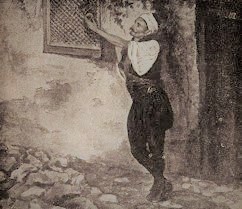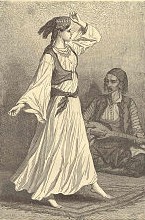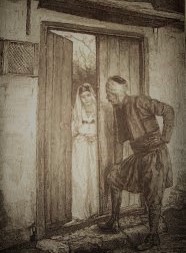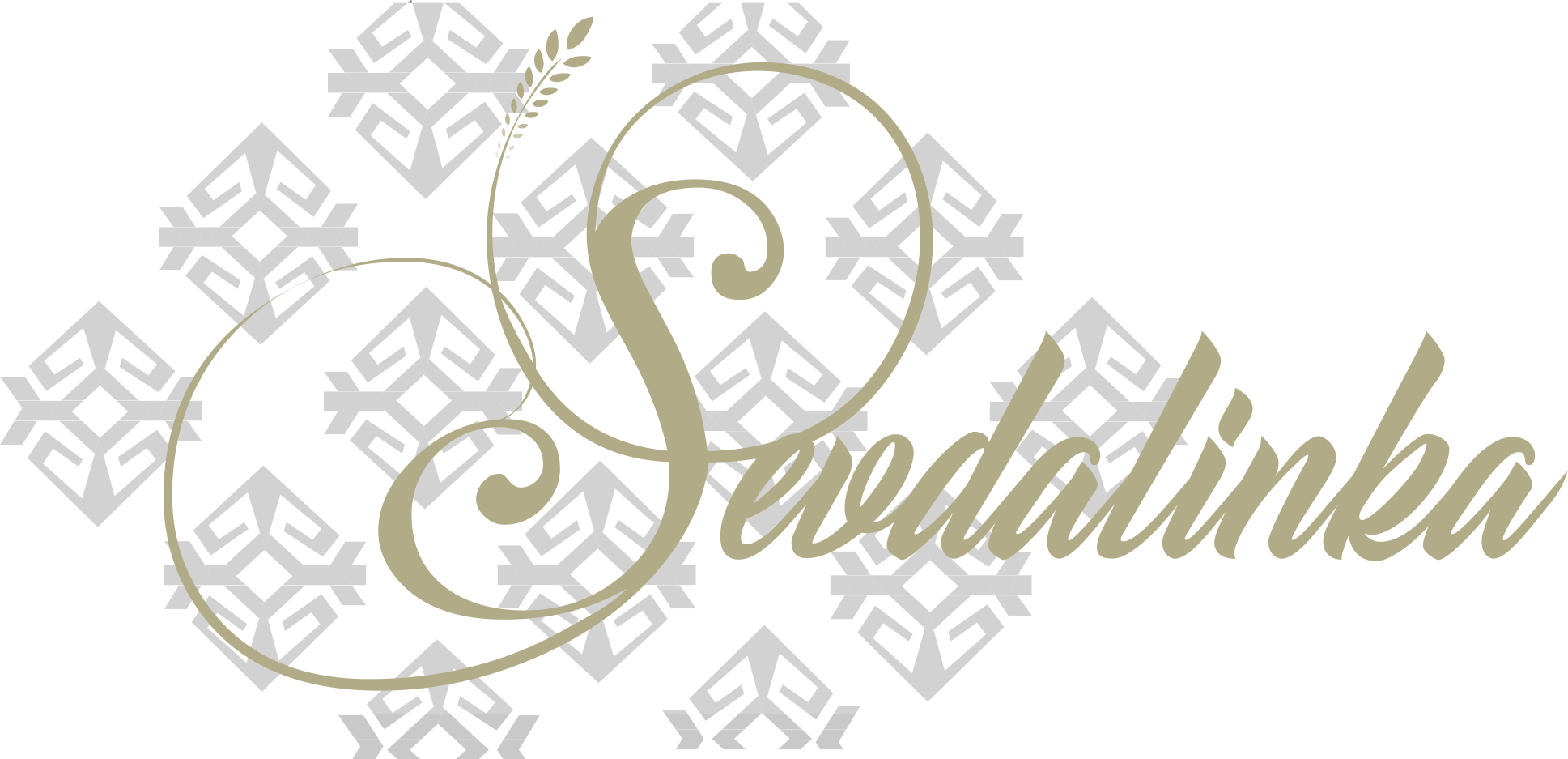Sevdalinka – the traditional Bosnian-Herzegovinian folk song has been resisting time for centuries and with some strange symbiosis, it has been living with the generations in Bosnia and Herzegovina.
It is the song of the urban Bosnian space. In time, it penetrated into the Bosnian village, but it still left the deepest roots in the cities, where it originated. Some cities, their neighborhoods, and other sites are just a frame in which our oral folk creator has “placed the action” of his poem, his lyrical poetic record of love grief, enthusiasm, or joy. Sevdalinka in a number of examples remembered certain individuals, most often girls and boys, famous for their beauty and heroism. In those characters, one can find everything that is characteristic of the so-called national soul: language, position and status of family members, local characteristics, culture of food, dressing, in other words what people of our past felt, how they expressed those feelings, what they dreamed of and how they looked at the world around them.
Sevdalinka was named after the Turkish word sevda, meaning love. The Turks took the word sevda from Arabs, and in our region sevda received H and sevdah was created.
There are many theories about the inception of sevdalinka. Thus, for example, the German Linguist, Gesemann, claims that it came from the higher layer of Bosnian and Herzegovinian feudalism. Others argue that this is the song of the poor, the common people, the “raja”, who, let off steam through joyfulness and merriment, torment and suffering. Others, again, said that sevdalinka is primarily a female song, that it was made by patriarchal girls, sitting behind the wooden bars, with a needlework and stitching frame, where each needle increased the longing for their beloved, who traveled the imperial drums, traded or waged war, while they were waiting, dreaming, imagining and transforming their yearning into the song.

In each of these theories, there is some truth, because it is impossible that all creations in a folk tradition derive from one social layer, whether it is higher or lower. Such songs could have been created either in the sentry houses of the Begs (čardaks) or in the poor houses, because they all lived in the same circle, among the same natural scenery.
In its centuries long life, and various layers of the urban population, making and singing of the sevdalinka were performed at the girls and boys meetings, dances and evening gatherings, in villages, at the weddings and other family gatherings, in the courtyards and the gardens, in the towers and sentry houses (čardaks), in the living quarters, at a picnics (teferič), on the road, during evening socializing (Akšamluci), at the taverns (Han), in the neighborhoods, while riding horses, through meadows, while hunting, on the fortresses, in captivity, on military campaigns, anywhere under the sky…
Sevdalinka is not, as it is known, for everyday use. “Everyone will tell you that it is as such, difficult to listen to. It hits hard, especially on the soul and as such can be particularly painful for an unprepared listener, so it is not advisable to listen to it then. It is not a coincidence then that the well-known description of the sevdalinka comes from a simple question that one might ask a Bosnian child, and the child’s answer is:
“Well, that’s when dad’s singing, and he cries!”
This is one of the most orthodox and best-accepted explanations in Bosnia and beyond, to the question – what is Sevdalinka, but at the same time, it is the most powerful one! Almost every sevdalinka, with its sensibility and intensity, gives a skin crawling sensation to the listener, a feeling known only to the sevdalinka lovers, but it also finds its way to the hearts of those that are the most corrupt and sturdy and often makes them shed a tear.
How many tears were shed because of it?
One can write a whole book about it!
Many tears have been shed, not only by the song itself, but by the invisible thread, through which the song conveys the message, the experience, the feeling, or the state …Those who are in love, disappointed, left, afflicted, still living in the homeland, or away from home, or living in some of the stolen moments of loneliness, as well as those who are in the moments of friendship, happiness, and sorrow, all have shed the tears. Times have changed, instruments, people, states, governments, and customs have changed. Sevdalinka stayed and survived. Proud and indestructible. Like a religion!
For some, it can be wrong or annoying, but it does not need to be because it’s a fact, and a truth. It defeats arguments and one must admit it. We are those who are transient, and Sevdalinka remains and survives. It is not transient. It is eternal, indestructible and impenetrable. Its substantiality, strength, and magnitude lie in love or sevdah!
 Sevdalinka is the mirror of the soul and mental state! Both the individual and the folk. In ancient times, when there was craving for specified and unsaid, especially for educational, traditional, religious or current cultural reasons, expression of love, those delightful feelings of the mankind, the people found comfort in the song charged with love, and the expression of it, something that sevdalinka provided for centuries and can still provide!
Sevdalinka is the mirror of the soul and mental state! Both the individual and the folk. In ancient times, when there was craving for specified and unsaid, especially for educational, traditional, religious or current cultural reasons, expression of love, those delightful feelings of the mankind, the people found comfort in the song charged with love, and the expression of it, something that sevdalinka provided for centuries and can still provide!
Sevdalinka is a truly tragic and universal art.
Today, Sevdalinka is neither popular nor understood in an impoverished narrow-minded culture. Her love-melancholic content is constantly met with metaphysical and mystical. It ranges from love and death, like the Greek tragic epic poem. The tradition of singing sevdalinka is a special story. Sevdalinka is by nature an oral art, and all that has been preserved to date has been preserved through the oral route, educating the generations of singers who have been transferring the old music from one time to another, whose basic melodic and textual characteristics have changed little by the 20th century.
The sevdalinka singer is not an “interpreter” in a banal-estradiated sense of the word. He experiences himself as a guard and transmitter of important memories from ancient times. True singers and interpreters of sevdalinka are mostly dead, except for a few who are authentically protecting sevdalinka from oblivion. Although sevdalinka is an inseparable part of the Bosniak music and cultural tradition, it is also popular with other Bosnian peoples. Sevdalinka was also used as a basis within the special musical genre of the second half of the 20th century, called the newly established folk music, which blended various folklore motives of almost all Balkan peoples and regions.
Although they were mostly performed by traditional Bosnian singers of folk music, sevdalinka was able to break through to musicians who traditionally do not belong to this genre.
Thus, during their rich career sevdalinka songs were recorded or performed by Josipa Lisac (legendary performance of Sevdalinka “Omer Begh”), Seid Memić Vajta (“Kolika je Jahorina planina”), Željko Bebek in the duet with Halid Bešlić (“Da zna zora”), Davorin Popović (“Yellow quince”), Ibrica Jusić (with the entire album sevdalinki, “Amanet” from 2003), Masimo Savić (“Here is this yellow rose”), Hari Varešanović (“Everywhere the sun is born”) and Jadranka Stojaković (“Why are you not here”), Zdravko Colic (“The Star chasing the Moon”) … Sevdalinkas were also taken for the basis of several songs by the Zagreb songwriter Johnny Stulic (his band Azra was named after the verse from sevdalinka “My name is El Muhamed / From the tribe of the old Azra”).

– One April morning, actually in the dawn of 1946, I woke up with a familiar rhythmic sound and song. It was a weird singing, deeply human, somewhat ancient and primordial, near and dear at the same time. I looked through the window and saw several country wagons: a wedding party all in white, wearing colorful and lively costumes. A whiskered fella with a red coat on his head, with a great sense of rhythm, vigorously was pounding in the daf (music instrument) made of bovine skin, the song echoed waking up the citizens from their last morning dream: “What’s it in the court, the murmur of the group standing, what they are saying? Haj, it’s the mother celebrating, her son is getting wed! Everybody was looking forward to it, but none like the Mother … This small, but very impressive event has brought me back to the realm and magic of childhood, in the days when everything was looked at with eyes wide open. It made me remembered many songs sung by my mother, sister, aunt, and my neighbors: Duda, Dževahira, Bosiljka…
I knew these were primitive expressions, but true and yet alive, unspoiled by a quasi-civilization, interesting and beautiful. … I fell in love with sevdalinka. It returned my love for the values, which I mindlessly but unintentionally misplaced.
The lyrical folk song is even more interesting. Her voice comes from the depths of primordial, ancient and is incomprehensible. And thanks to that song we can feel the spirit and the breath of the ancient, we can present to ourselves the relations of the patriarchal center as well as the way of life and thinking as it was long ago and as it was yesterday.
Today, this song, more or less, has depleted itself with its utilitarian appendages and shines as pure as a pearl that was extracted from the shell from the bottom of the mysterious sea. Her expression is precise, concise and intimate. He can still be proud today – wrote famous Bosnian poet Mehmedalija Mak Dizdar.
(Author Avdo Huseinović)
